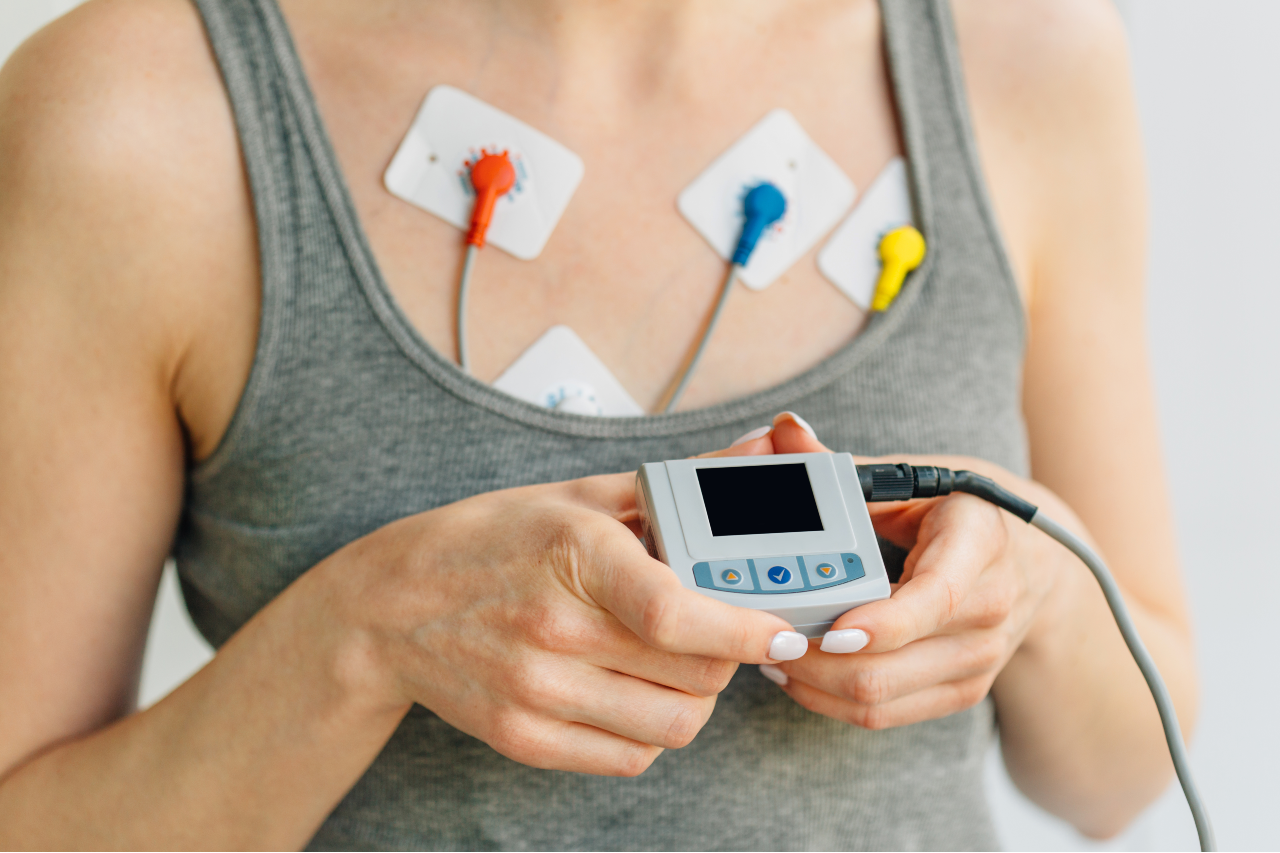Arrhythmia Monitoring (Holter and Event Monitor)
When you’re experiencing instances of arrhythmia, monitoring may be necessary to determine its frequency and severity. There are two ways that this can be accomplished; both involve the wearing of a monitor for 24-48 hours. Two types of monitors are available, Holter and Event monitors. Which type of monitor you will be assigned depends on the specifics of your condition. These monitors track the behavior of your heart and report its behavior. This provides Dr. Gottam with a snapshot of your cardiac behavior over an extended period. The collected information is then used to develop a treatment plan.
Arrhythmia Monitoring With Event or Holten Monitors
Monitoring for arrhythmia takes place over a 24-48 hour period and is often ordered after an ECG Or EKG comes up inconclusive. They are generally ordered when an unexpected fluttering or racing of your heart is observed or when you fainted unexpectedly. EKGs only observe your heart behavior for a short period, which may not provide enough information to form a diagnosis. This is usually the point where a heart monitor will be ordered, allowing Dr. Gottam to collect information over an extended period.
Holten monitors can find the cause of or provide information about:
- Arrhythmia (irregular heartbeat)
- Heart palpitations
- Dizzy spells
- Level of oxygen getting to the heart
- Efficacy of heart medications
- Pacemaker function
A Holten monitor will not be used in cases where urgent care is required or for routine screenings without symptoms. The device is known as an ‘ambulatory electrocardiogram,’ meaning that it is worn while doing daily activities. It watches your heart rate and rhythm throughout the entire period you’re wearing it.
Holten monitors are approximately the size of a cell phone and are battery-operated. While wearing one, you’ll be fitted with electrodes that stick to your skin that are hooked into the device. These electrodes will monitor your heart rate and rhythm throughout the period you’re wearing them.
The Difference Between Holten and Event Monitors
Event monitors are similar to Holten monitors, but they track different things. Rather than keeping an ongoing record of heart activity, Event monitors record cardiac events. They typically self-activate when symptoms occur, though others may be activated by the wearer. While they are effective, they can lead to a missed diagnosis. This is due to their not constantly monitoring your heart. Event monitors are also smaller since they need to record less information overall.
While wearing either a Holten or Event monitor, you should avoid getting the system wet. This includes showering, bathing, or swimming. You should not receive an x-ray while wearing this device or go near metal detectors or high-voltage areas. Once your test is completed, and the device has been returned to our clinic, our team will process the results. Based on the results, Dr. Gottam may recommend:
- More Cardiac Tests
- Heart Medications
- Pacemaker
- A procedure to help your heart return to a steady rhythm (cardioversion)
- Ablation
Need more information? Reach out to Metro Detroit Cardiovascular Associates in Detroit, MI, to speak to our staff. Our dedicated team is always ready to answer your most pressing questions about cardiovascular health and treatments.



